14 Reasons to Embrace Wildflower Gardening This Season
A wildflower garden brings color, charm, and life to any outdoor space. It is a natural mix of native and non-native flowers that thrive without too much care. These gardens often attract birds, bees, and butterflies, making them feel alive and full of movement. The beauty lies in how the flowers grow freely, without strict rows or rules. Starting a wildflower garden is a simple way to enjoy nature while adding something special to your yard.
This post may contain affiliate links, which helps keep this content free. Please read our disclosure for more info.
Supports Pollinators Like Bees and Butterflies

Wildflower gardens are a natural source of nectar and pollen, which help pollinators thrive. Flowers like Black-eyed Susan are favorites among bees and butterflies. These blooms provide food and encourage healthy pollinator activity in your yard. This is especially helpful in areas where pollinator populations are shrinking.
Pollinators are essential for many of the foods people eat. By creating a welcoming space, you help maintain the balance in the environment. Even a small patch of wildflowers can attract a variety of insects. The presence of pollinators also means a livelier and more dynamic garden.
Requires Less Water Than Traditional Lawns
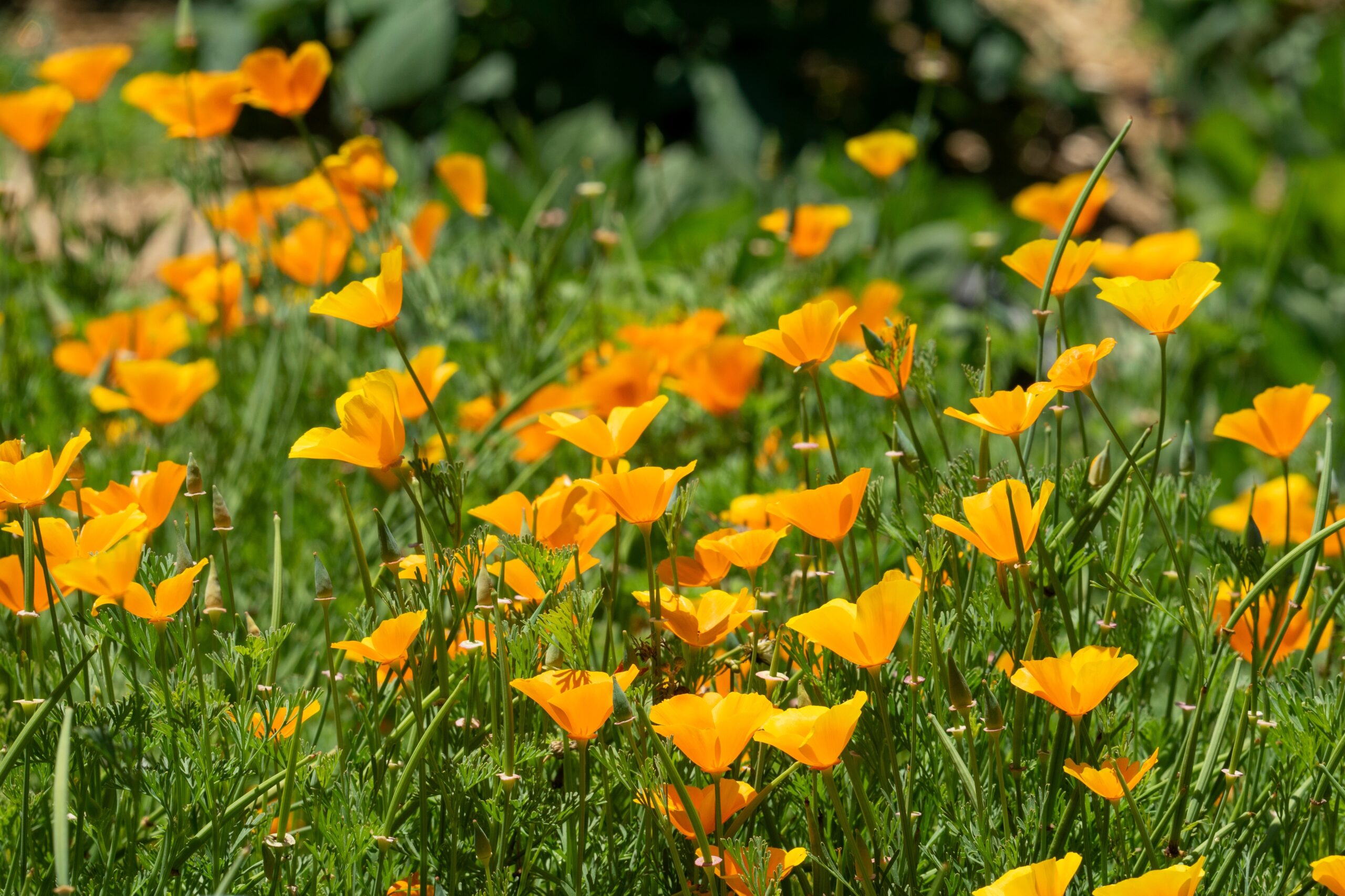
Once established, wildflowers typically need less water than regular turf grass. California poppies are a great example of drought-tolerant blooms that still offer vivid color. Many wildflowers have deep roots that help them survive dry conditions. This makes them ideal for areas with water restrictions or dry climates.
Water conservation is becoming more important in many places. A wildflower garden allows you to keep your outdoor space beautiful while reducing water use. You also save time and effort by watering less often. Over time, your garden becomes more self-sufficient.
Adds Seasonal Color and Texture
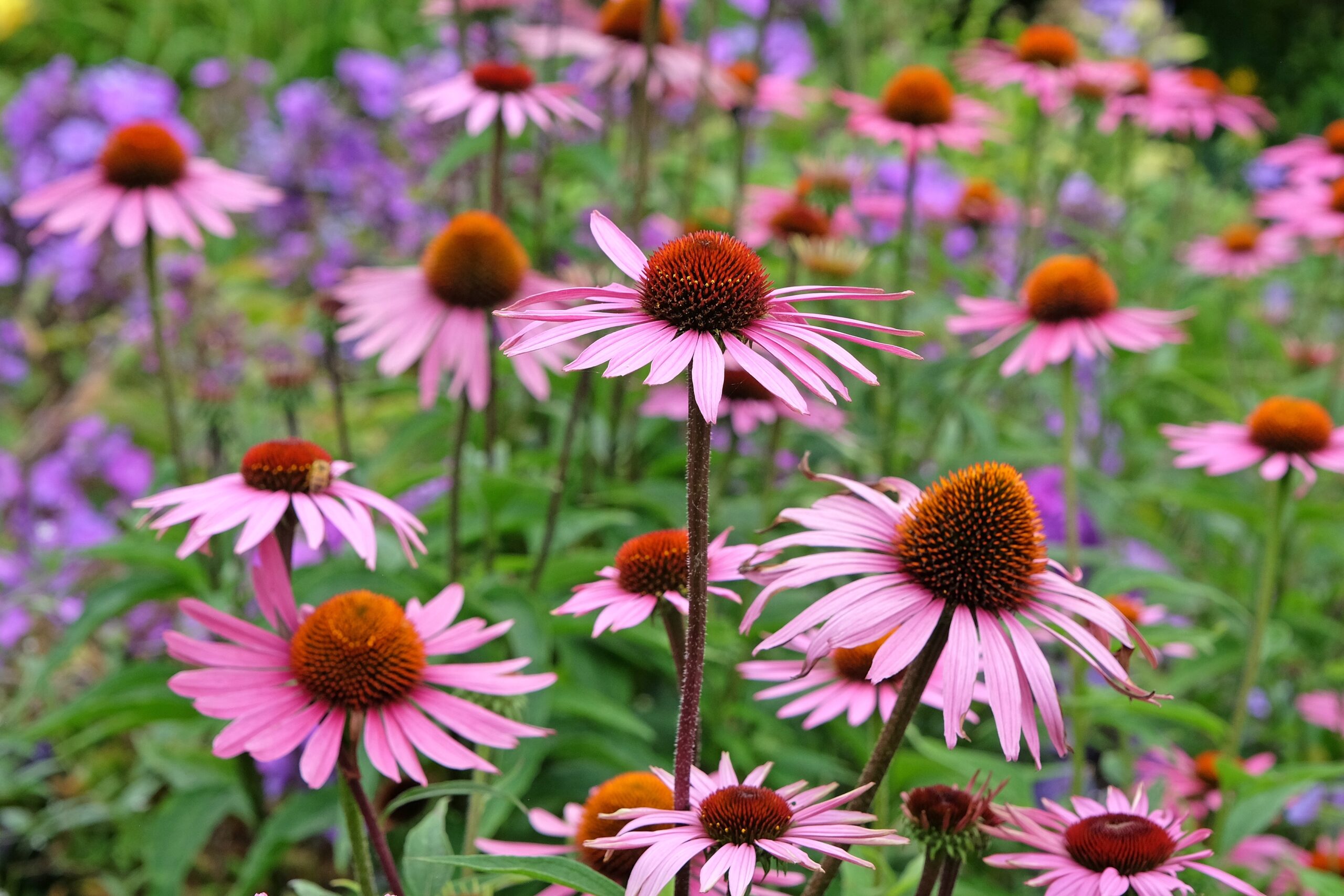
Wildflower gardens shift with the seasons, offering fresh interest all year long. Purple coneflowers bloom in summer and create striking color in open spaces. The mix of shapes, heights, and hues keeps the garden lively. Unlike uniform flower beds, wildflowers grow in natural patterns that look fresh and free.
Each season brings new blossoms to enjoy. Fall might bring goldenrod, while early spring could start with bluebells. This variety gives your space a changing look that keeps things interesting. It feels like the garden is always in motion.
Helps Restore Natural Habitats
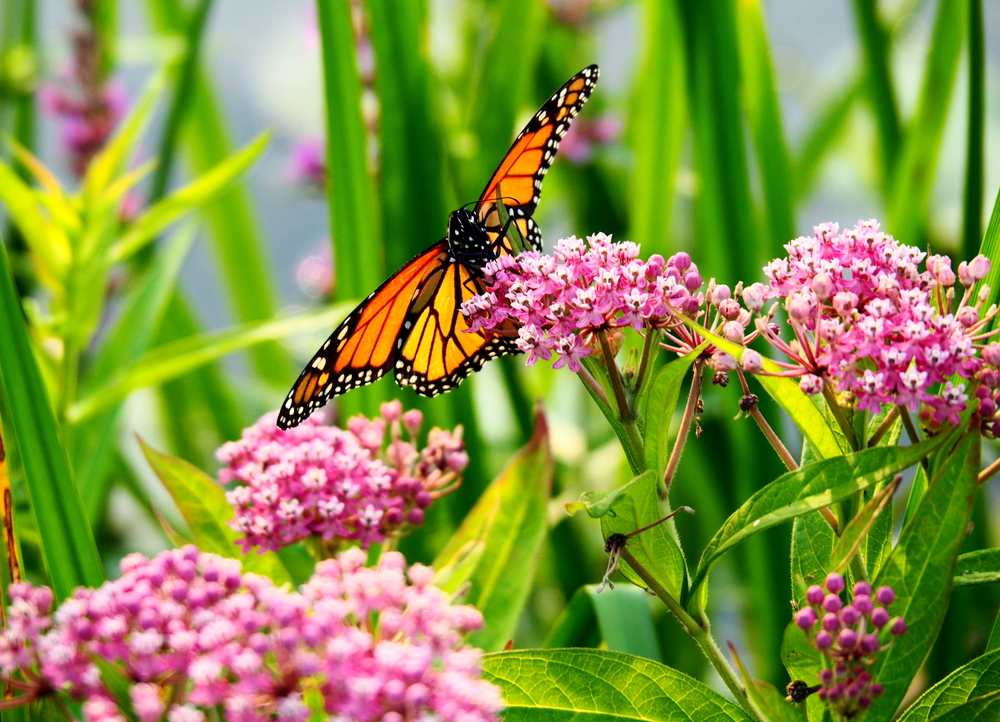
Many native wildflowers help bring back the natural balance of the land. Milkweed, for instance, is crucial for monarch butterflies. By planting wildflowers, you provide food and shelter for insects, birds, and small animals. These gardens fill in the gaps left by development and urban growth.
Restoring habitats does not require a large area. Even a small corner of your yard can make a difference. The return of insects and birds brings energy and sound to your surroundings. It feels rewarding to know you are helping the ecosystem.
Attracts Birds with Seeds and Shelter
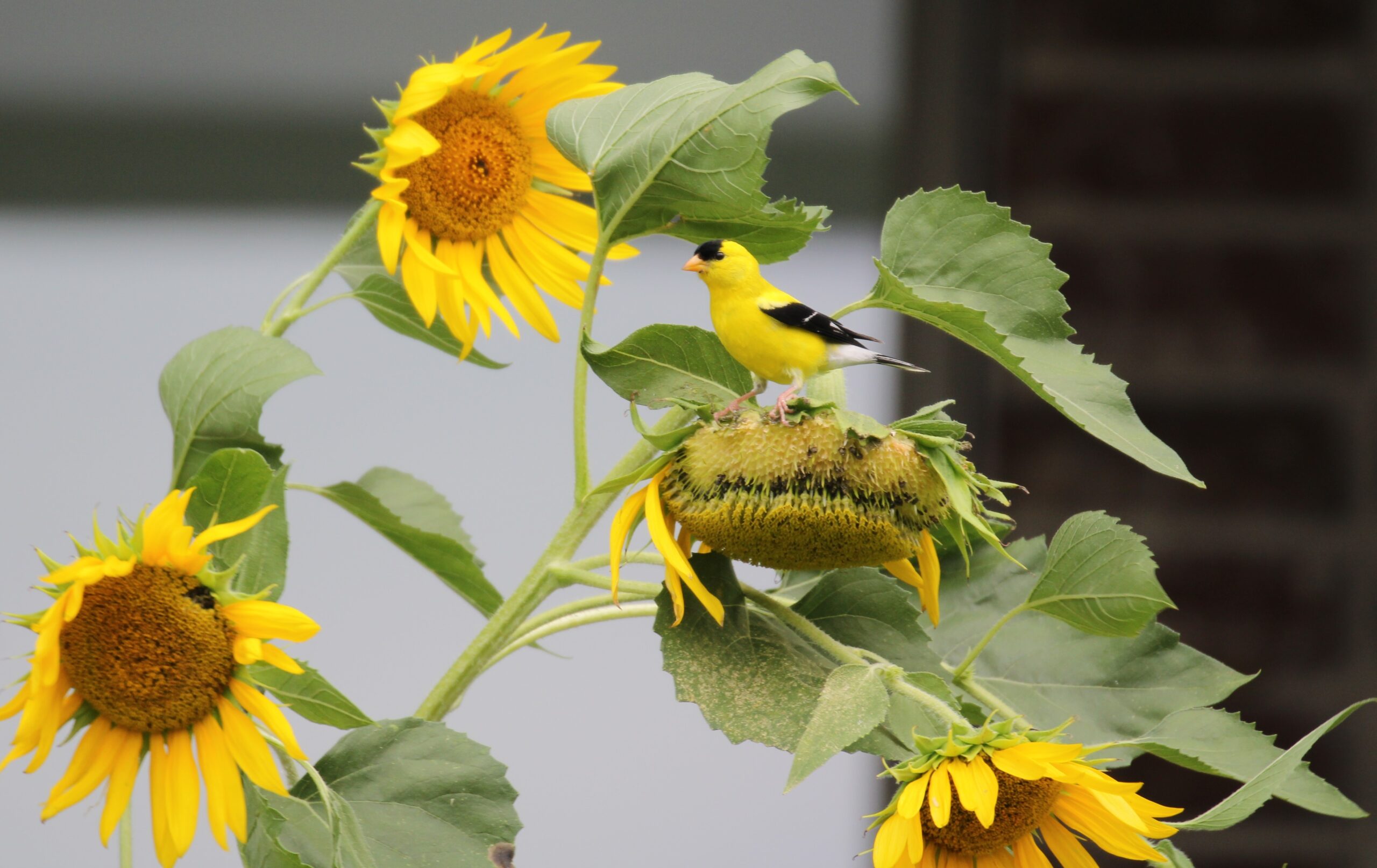
Wildflowers like sunflowers offer seeds for birds and stems for shelter. Birds often return to areas where they can find steady food sources. The variety in plant height and shape gives many birds a place to perch or hide. As flowers go to seed, they feed local flocks without extra effort from you.
Many people enjoy watching birds visit their garden each morning. With a mix of native flowers, you attract different types of birds all year. These visits help control insects too, since birds often feed on pests. The garden becomes both a feeding ground and a safe retreat for them.
Reduces Need for Chemicals
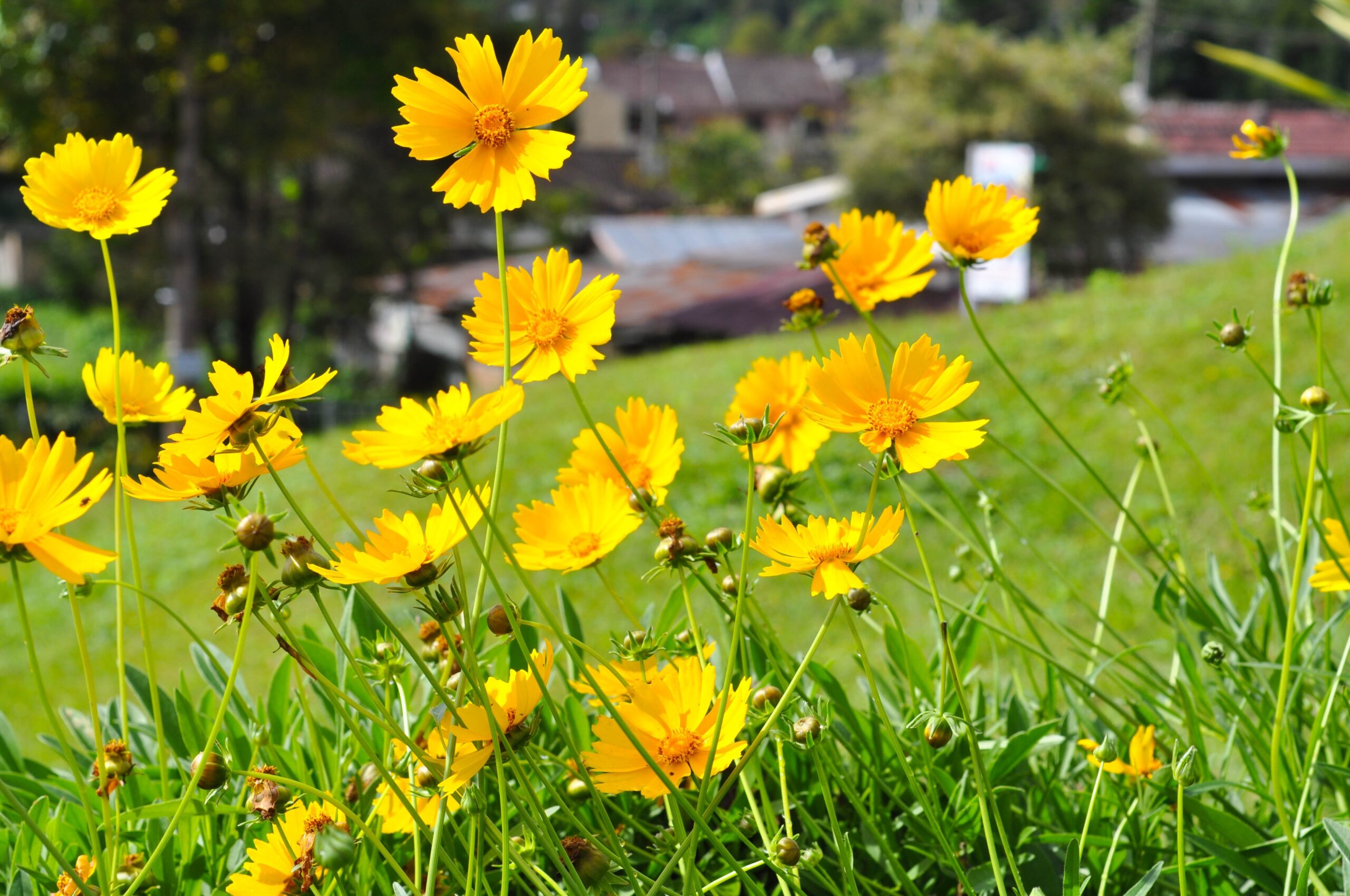
Wildflowers can thrive without synthetic fertilizers or pesticides. Coreopsis grows well in poor soils and still offers long-lasting blooms. By skipping chemical sprays, you help keep your yard safe for kids, pets, and helpful insects. This approach also protects nearby water sources from contamination.
The less you rely on outside products, the easier gardening becomes. You allow nature to balance itself over time. This hands-off method often leads to healthier soil and stronger plants. It also saves money in the long run.
Improves Soil Health Naturally
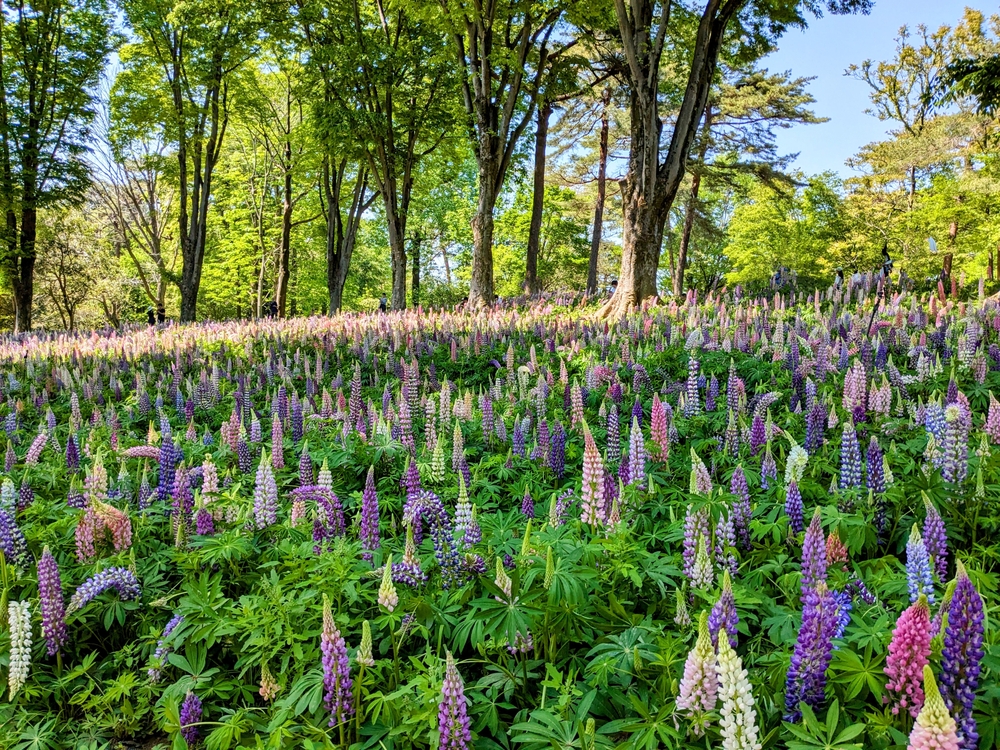
Many wildflowers improve the soil as they grow. Lupines, for example, fix nitrogen in the soil, which benefits other plants. Their roots break up hard soil and make it easier for air and water to move through. Over time, your garden becomes more fertile and better prepared for future growth.
Good soil helps all plants stay healthy. Even nearby trees and shrubs benefit from better soil structure. You will notice fewer drainage issues and less erosion. Nature does much of the work for you when you plant the right mix.
Offers a Home for Beneficial Insects
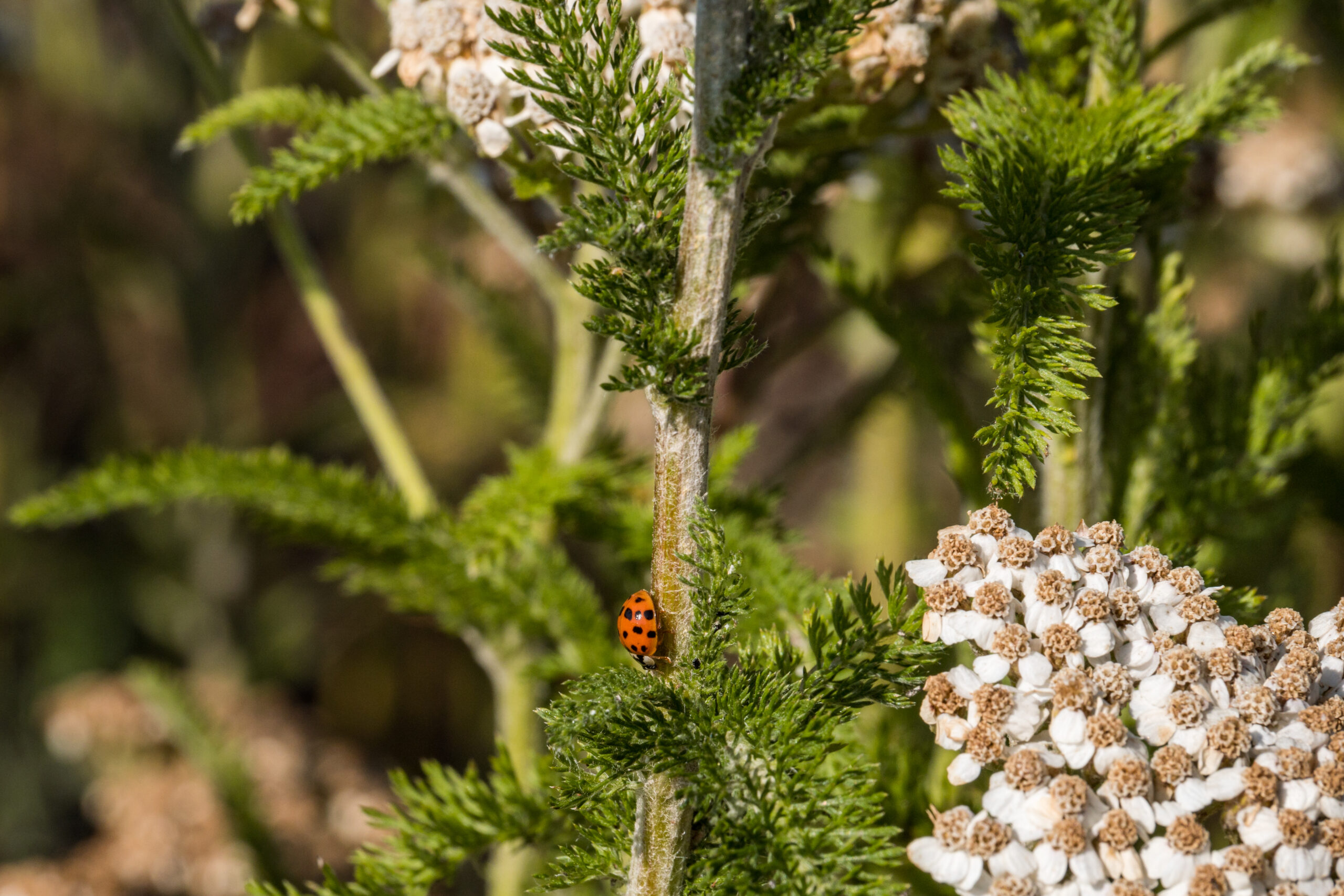
Insects like ladybugs and lacewings thrive in wildflower gardens. Yarrow attracts many of these helpful creatures. These insects help control garden pests without the need for sprays. By keeping them around, your garden stays balanced and healthy.
A wildflower garden invites insects that do more good than harm. It creates a small system where pests are less likely to take over. This makes it easier to manage your space with fewer problems. Natural pest control keeps everything working as it should.
Requires Less Mowing and Maintenance
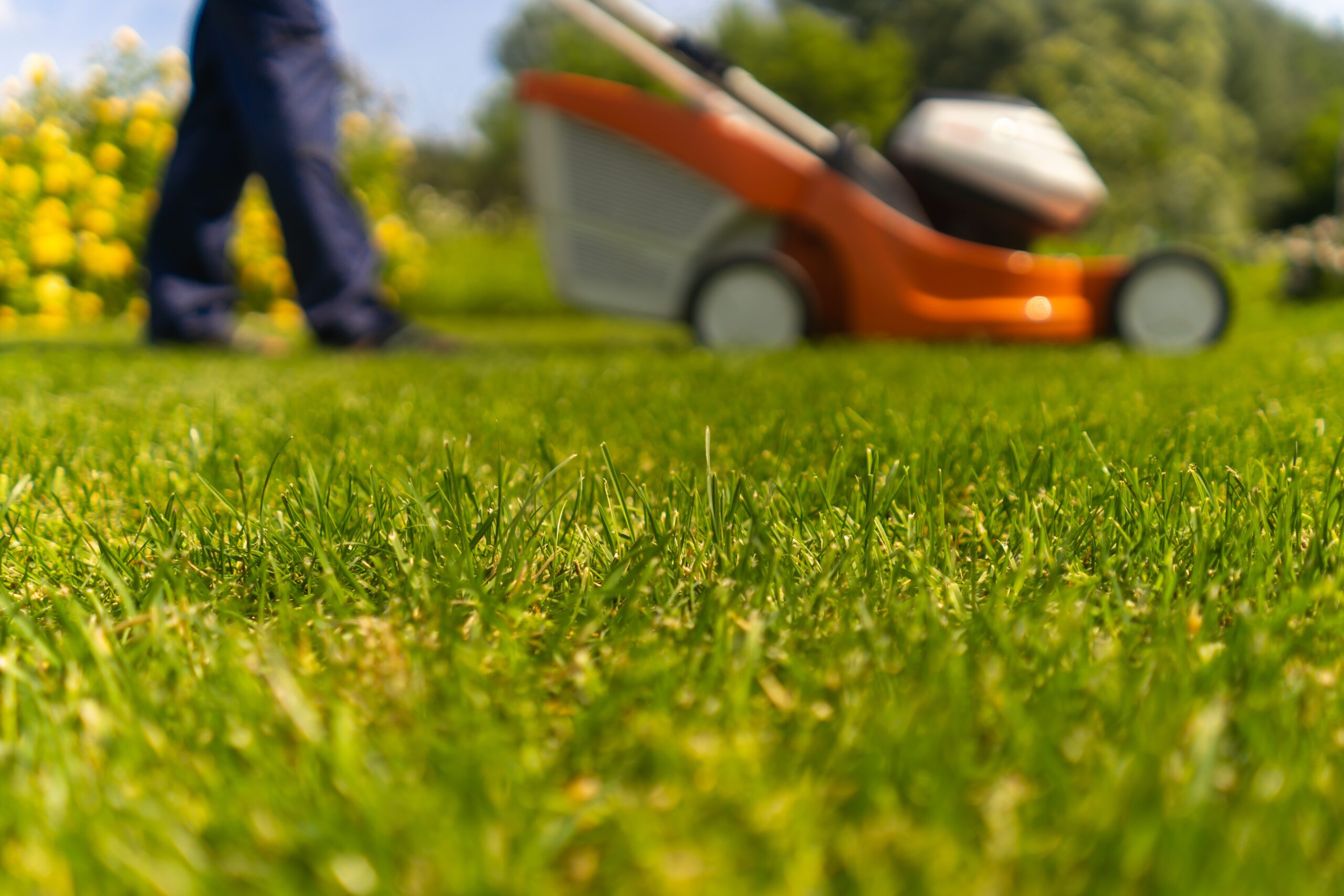
Wildflower gardens do not need frequent mowing like a traditional lawn. Blanket flowers thrive with minimal upkeep and bloom for weeks. This saves time and reduces fuel or energy use. You spend less time working and more time enjoying the garden.
Maintenance is mostly seasonal, such as cutting back old growth. You will not need to trim edges every week or worry about perfect lines. The natural look is part of the charm. This kind of garden gives you more freedom and fewer chores.
Creates a Calm and Peaceful Setting
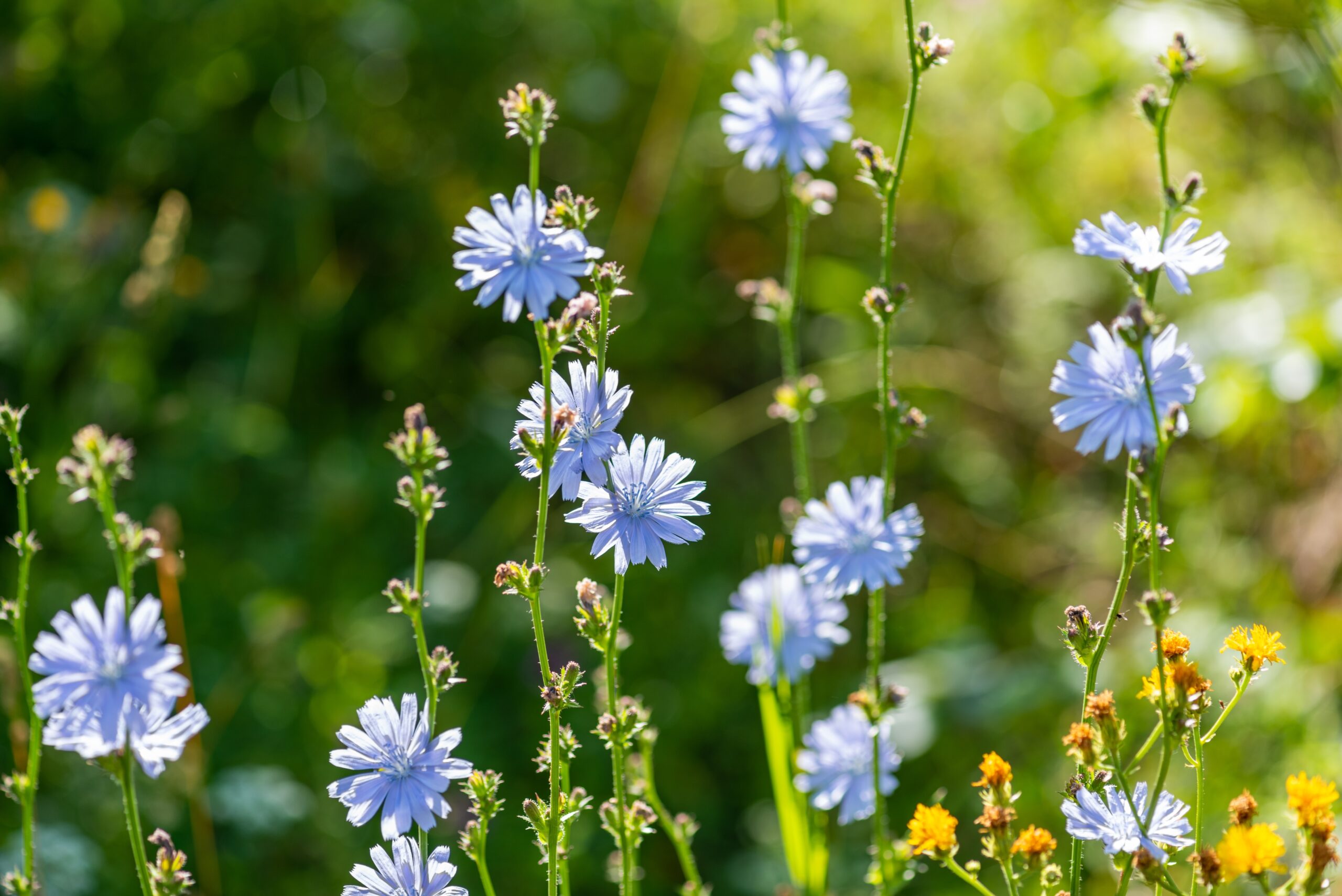
Wildflower gardens have a relaxed and soothing feel. Chicory, with its pale blue flowers, adds softness to open spaces. Watching flowers sway in the breeze or hearing insects buzz can help relieve stress. The untamed appearance brings a sense of calm that is hard to find in neat rows.
Many people say wildflower gardens remind them of meadows or countryside views. This connection with nature helps lift your mood. A quiet corner filled with flowers can feel like a private retreat. You might find yourself spending more time outside just to unwind.
Helps Reduce Erosion on Slopes

Wildflowers often have deep roots that hold soil in place. Penstemon is a hardy wildflower that grows well on slopes and uneven terrain. By planting wildflowers, you help prevent soil from washing away during heavy rain. They are a good option for problem areas in the yard.
Slopes and bare spots often need extra care. Wildflowers fill in quickly and create a protective cover. This keeps the ground stable and reduces the need for ground covers or mulch. Over time, erosion becomes less of an issue.
Encourages Kids to Explore Nature
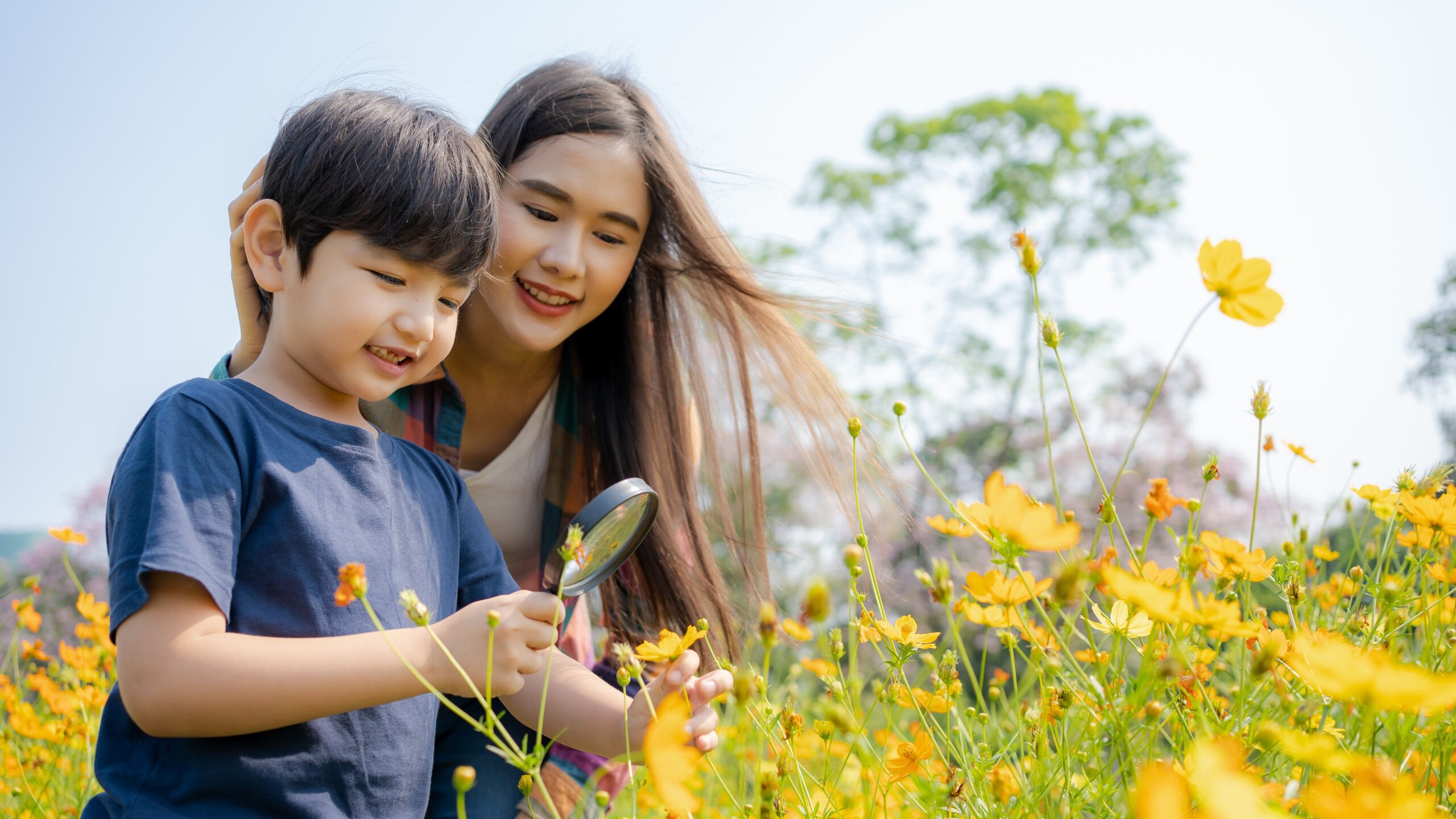
Wildflower gardens are full of colors, insects, and scents that invite curiosity. Cosmos are tall, bright, and easy for children to spot and enjoy. Kids can learn about pollination, seed growth, and bugs just by walking through the space. It becomes a hands-on learning spot that changes with the seasons.
Gardens can offer more than flowers- they give children a way to connect with the outdoors. You might notice them asking more questions or wanting to plant something of their own. The open layout makes it easy to walk, observe, and interact with plants. A wildflower garden can help create lasting memories.
Saves Money on Landscaping
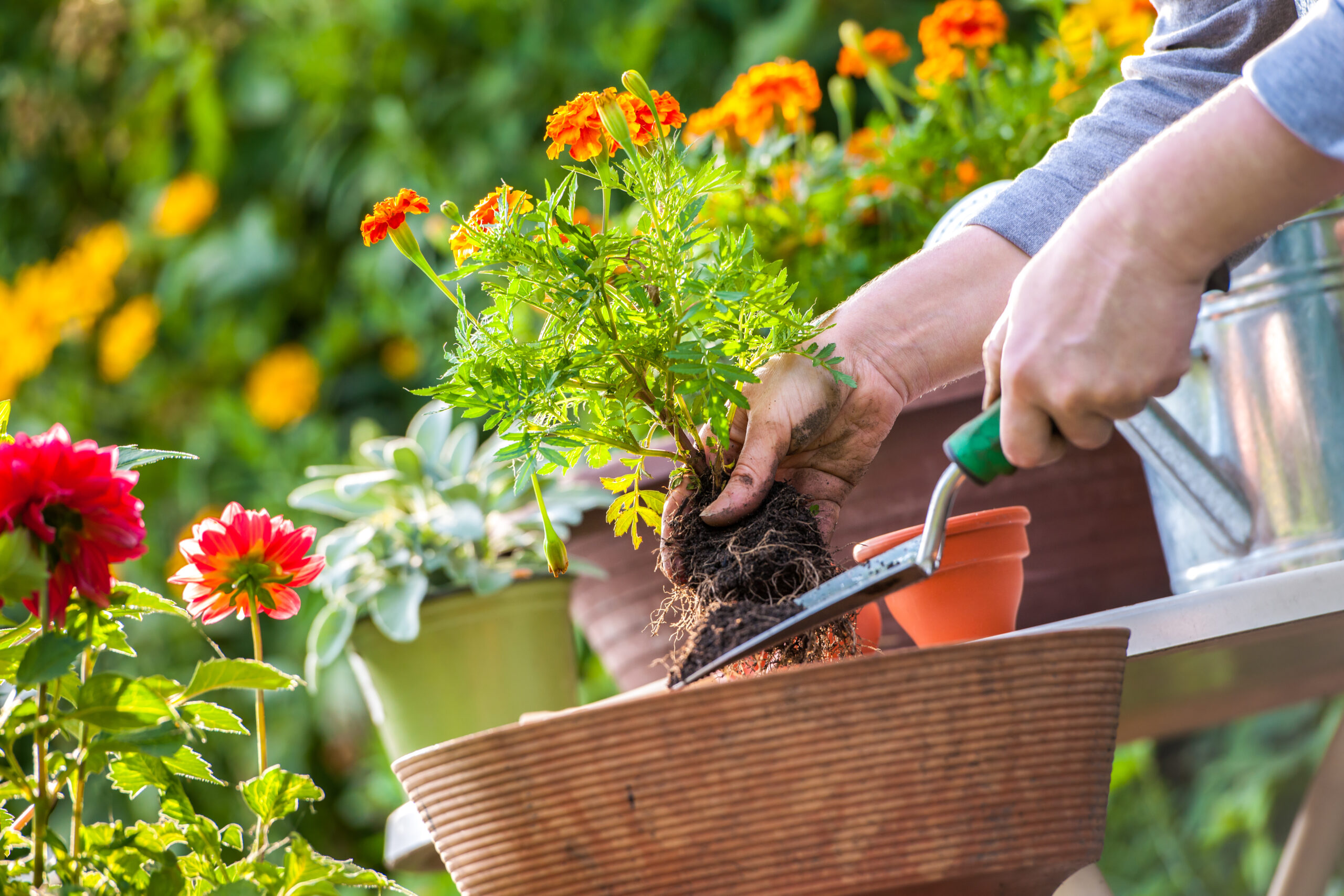
Wildflower seeds are often much cheaper than sod or fancy plants. Indian blanket grows easily from seed and spreads quickly across bare soil. Once the garden is established, you spend less on watering, trimming, and replacing plants. The return in color and interest is much greater than the cost.
You do not need fancy tools or expensive fertilizers. A simple mix of seeds can cover large areas with beauty. This approach works well for people who want impact without a big investment. It is a practical way to add life to your yard without draining your budget.
Supports Local Biodiversity
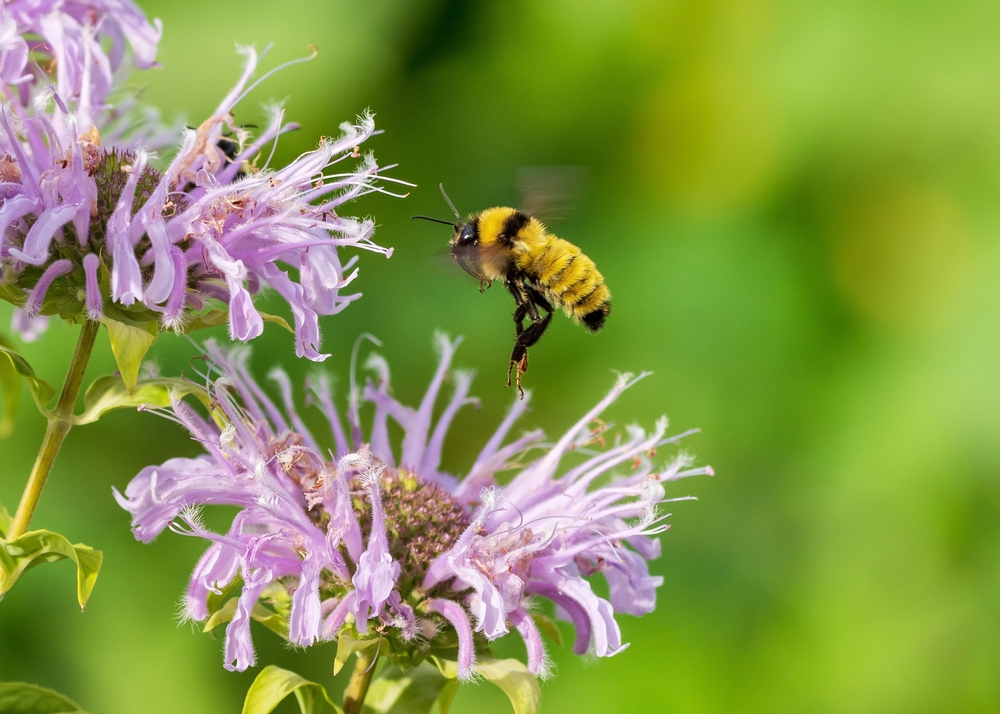
Every region has wildflowers that belong there. Bee balm is a native flower in many parts of North America and supports local bees. When you plant native wildflowers, you help local insects and animals that rely on them. These gardens keep native species strong and present in the environment.
Biodiversity creates a more stable and healthy ecosystem. The more native plants you grow, the more support you provide to surrounding wildlife. It also makes your garden more resilient over time. Wildflower gardening brings beauty while doing good for the area around you.
This article originally appeared on Avocadu.
